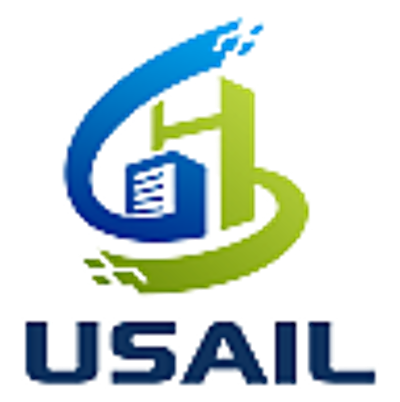A Survey of Large Language Models for Healthcare: from Data, Technology, and Applications to Accountability and Ethics
The utilization of large language models (LLMs) in the Healthcare domain has generated both excitement and concern due to their ability to effectively respond to freetext queries with certain professional knowledge. This survey outlines the capabilities of the currently developed LLMs for Healthcare and explicates their development process, with the aim of providing an overview of the development roadmap from traditional Pretrained Language Models (PLMs) to LLMs. Specifically, we first explore the potential of LLMs to enhance the efficiency and effectiveness of various Healthcare applications highlighting both the strengths and limitations. Secondly, we conduct a comparison between the previous PLMs and the latest LLMs, as well as comparing various LLMs with each other. Then we summarize related Healthcare training data, training methods, optimization strategies, and usage. Finally, the unique concerns associated with deploying LLMs in Healthcare settings are investigated, particularly regarding fairness, accountability, transparency and ethics. Our survey provide a comprehensive investigation from perspectives of both computer science and Healthcare specialty. Besides the discussion about Healthcare concerns, we supports the computer science community by compiling a collection of open source resources, such as accessible datasets, the latest methodologies, code implementations, and evaluation benchmarks in the Github. Summarily, we contend that a significant paradigm shift is underway, transitioning from PLMs to LLMs. This shift encompasses a move from discriminative AI approaches to generative AI approaches, as well as a shift from model-centered methodologies to datacentered methodologies.





